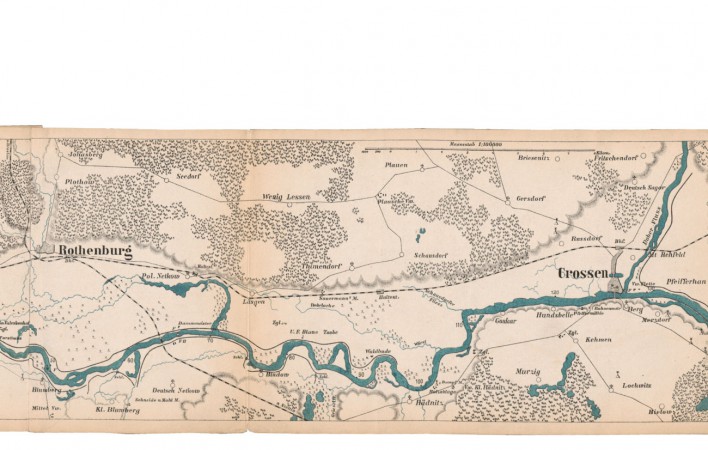Life has always been dependent on water, which is a necessary condition enabling human settlement. Over 1000 years ago, the Oder River was used as natural fortification by the Silesians hiding on its islands.
From the beginning of the 13th century, by adding new developments on the southern bank of the Oder, Wrocław lost its insular nature. The urban charter granted under Magdeburg laws began the urban expansion of the largest city in medieval Poland. The Oder River, along with the Oława River, served as a water reservoir for urban moats, a source of energy for watermills and a household water supply for the residents of the new metropolis. The vast area and dense population of the city forced the authorities of Wrocław at that time to build brick fortifications, and a wooden (later ceramic) water supply system. Duke Henryk IV Probus, a member of the Silesian branch of the Piast Dynasty, granted the city the right to use water from the Oder River in 1272. Importantly, the Duke’s privilege allowed extraction of water from the state river (belonging to the Duke) free of charge. The first preserved mention of Wrocław’s water supply system originates from 1341, i.e. from the period of unprecedented development of the city, which, at that time, was the pride and glory of the House of Luxembourg Dynasty’s rule.
Wrocław, while participating in European trade, was becoming an affluent centre capable of affording the latest advances, including water supply developments. The significance of the Oder River as a water route to transport great volumes of goods from Silesia, the Czech Republic and Moravia towards the Baltic coast grew over time, starting from the Middle Ages and continuing to the 20th century. This made Wrocław the largest inland port in the region. The significance of the Oder route grew due to systematic river engineering and the development of the Upper Silesian Industrial Region taking place over nearly two centuries, between 1729–1919.
Currently, the Oder River, together with its four tributaries, constitutes in the area of Wrocław the biggest water system in Poland. After the latest modernisation, the Wrocław Water System is capable of taking in and safely passing any predictable amount of water without creating a flood risk, which is especially important in a light of dramatic events experienced in the past.

























